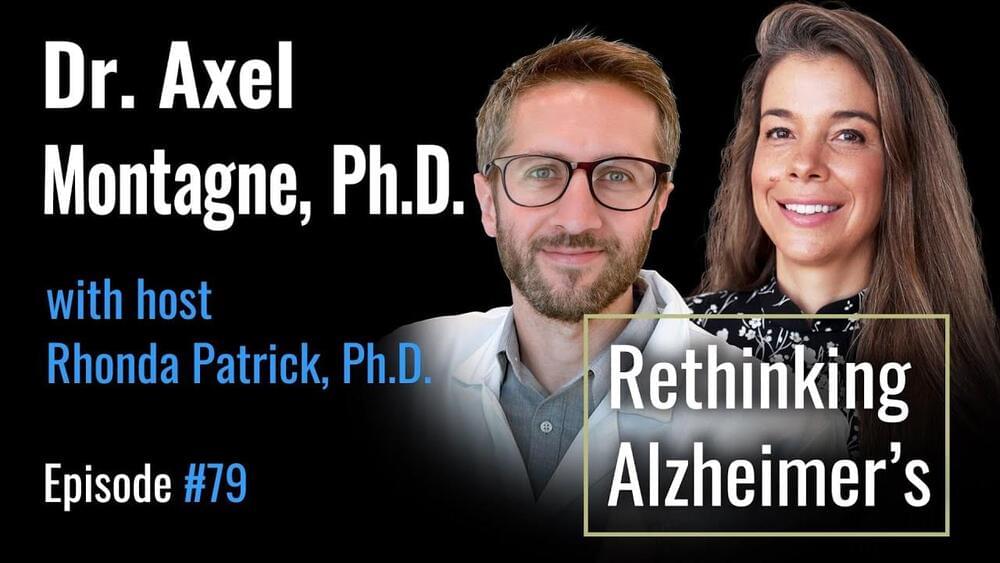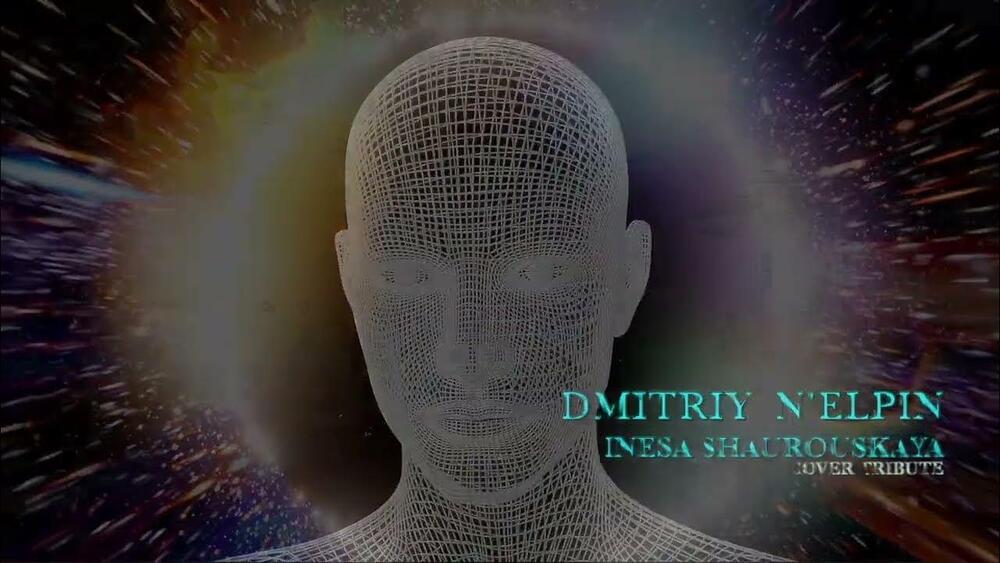On Monday, researchers from Microsoft introduced Kosmos-1, a multimodal model that can reportedly analyze images for content, solve visual puzzles, perform visual text recognition, pass visual IQ tests, and understand natural language instructions. The researchers believe multimodal AI—which integrates different modes of input such as text, audio, images, and video—is a key step to building artificial general intelligence (AGI) that can perform general tasks at the level of a human.
Visual examples from the Kosmos-1 paper show the model analyzing images and answering questions about them, reading text from an image, writing captions for images, and taking a visual IQ test with 22–26 percent accuracy (more on that below).









